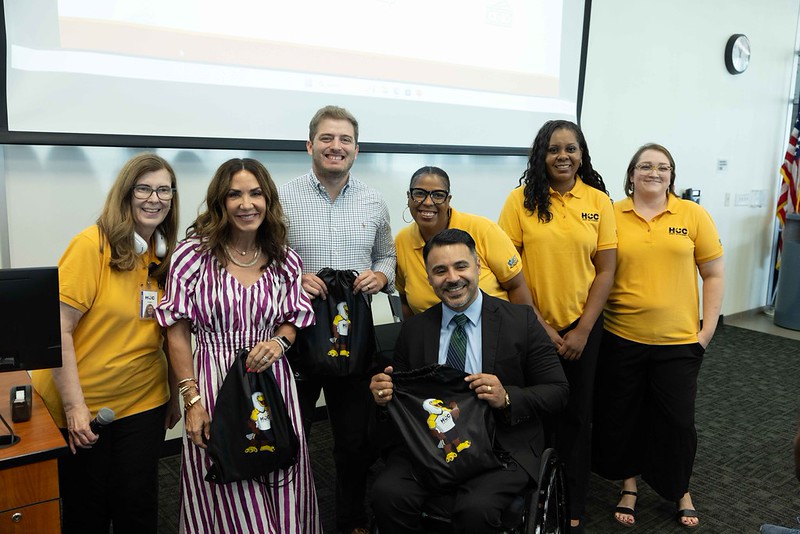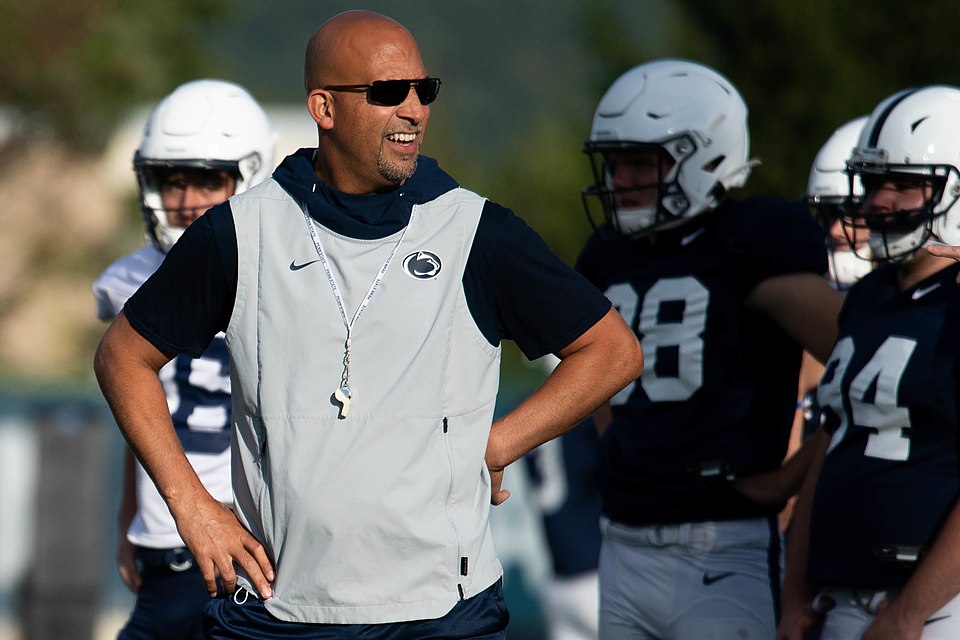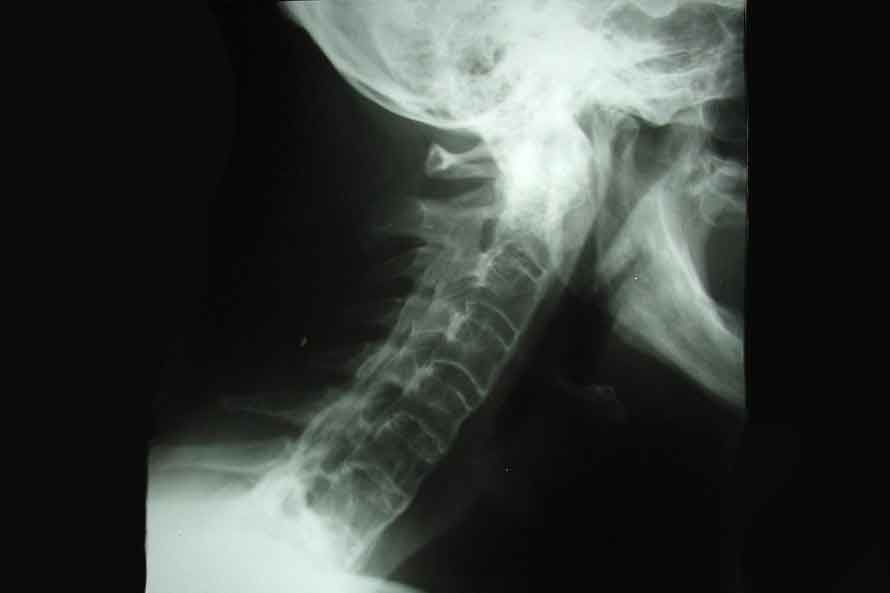Students consider chiropractic careers at Southwest college
Stafford Science Interest Group hosts info session on Chiropractic Medicine
October 28, 2014
“Today is going to change your tomorrow as far as your career is concerned.” With these words, biology professor Dr. Smita Savant welcomed students to the Science Interest Group meeting at Houston Community College’s Southwest Stafford campus Learning Hub. The student organization hosted Braden Alan McKechnie, Doctor of Chiropractic and President of Texas Chiropractic College (TCC) on Thursday Oct. 23rd at 10:45AM.
According to the National Bureau of Labor Statistics, the median annual wage for chiropractors was $66,160 in May 2012. Employment is expected to grow 4% faster than the average for all occupations from 2012 to 2022.
To become a chiropractor, students first earn a four-year Doctor of Chiropractic (D.C.) post-graduate professional degree. There are only fifteen accredited D.C. programs in the U.S., one is at Dr. McKechnie’s Texas Chiropractic College in Pasadena, TX. Graduates must then pass the National Board of Chiropractic Examiners exam to acquire a state chiropractic license.
Spinal manipulation is the first and primary form of treatment in chiropractic medicine. “If I didn’t do the first, the rest wouldn’t matter,” said Dr. McKechnie. He mentioned how lay-people often perform spinal adjustments every day in gyms. However, he stressed that, “Knowing when not to do something is more important than knowing how to do it.”
Dr. McKechnie used examples from his years of practicing chiropractic medicine to show students cases they would face if they became a chiropractor. He compared x-rays of healthy spines with abnormal spines on his PowerPoint slides. “I tell patients good discs look like an Oreo cookie. Without the filling, something is wrong.”
Part of what makes chiropractic medicine unique is what it lacks: surgery and drugs. Chiropractors help patients be pain free with, as Dr. McKechnie said, “No meds, gang. Just [spinal] adjusting.”
Student and audience member Cristen Petershagen is returning to college to pursue her dream of being a nurse. She likes how chiropractic medicine uses structural rather than chemical methods. “Sometimes drugs aren’t the answer,” Petershagen said. She admitted that the speaker made her begin to consider a chiropractic career.
To be admitted to Texas Chiropractic College, students must have a 2.6 GPA and at least 90 undergraduate credit hours. A minimum of 24 of those hours must be life and physical sciences courses.
A student asked Dr. McKechnie, “How competitive are admission to TCC?” Dr. McKechnie said a 3.0 GPA or above is important to being competitive in admissions. He mentioned that admissions are less competitive in the Spring and Summer trimesters than in the Fall. Students are accepted year-round at TCC.
As president of Texas Chiropractic College, Dr. McKechnie used his presentation to promote the college. He also took the opportunity to inform students about chiropractic medicine and to make a sales pitch to persuade them to consider a career as a Doctor of Chiropractic.
“I’ve been doing this for 28-29 years and I can tell you one thing that has never been in the equation: boredom.” – Dr. McKechnie
What draws many students to chiropractic – and all medical – careers was summed up in a quote on Dr. McKechnie’s first slide. “One of the highest callings afforded an individual in today’s society is the privilege of caring for another.”
The Science Interest Group hosts events twice a month. Contact club adviser Dr. Smita Savant : 713-718-7771 smita.savant@hccs.edu



























William Soman • Nov 27, 2014 at 12:53 pm
I just like the helpful info you provide in your articles.
I will bookmark your blog and check again right here regularly.
I am rather certain I will be told lots of new stuff right right here!
Best of luck for the next!